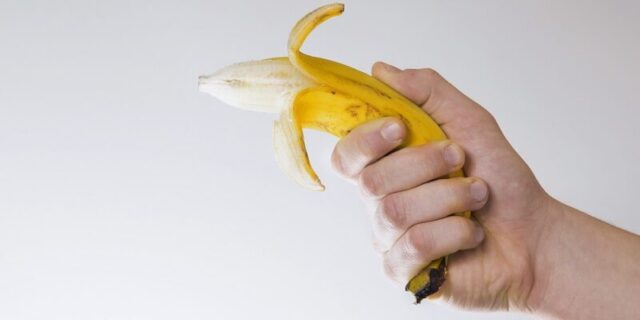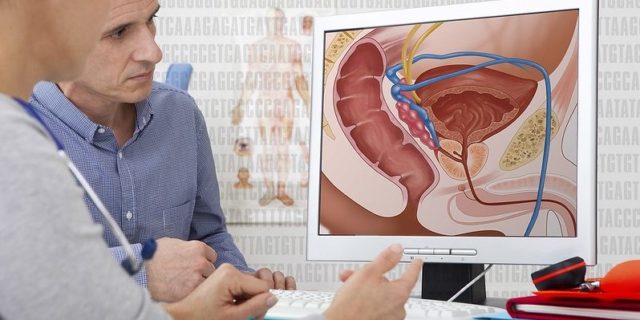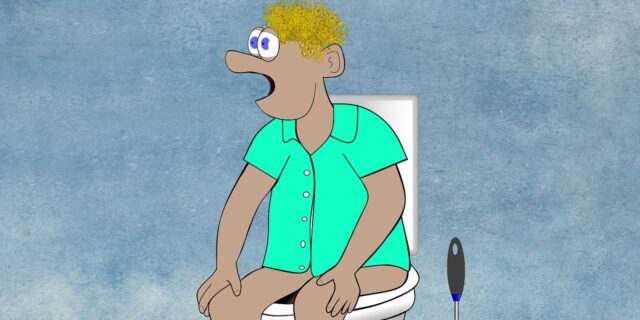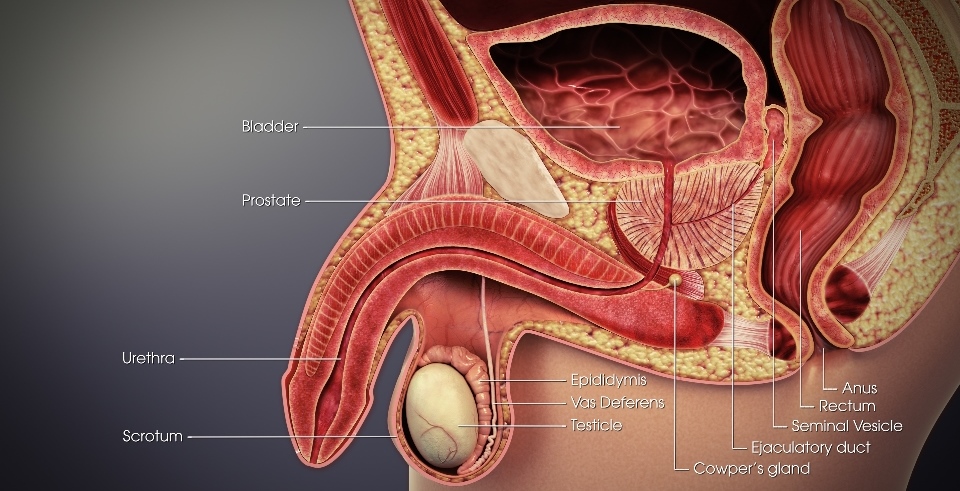
Testicular torsion happens when the spermatic cord twists, which results in cutting off the blood supply to the testicle. The spermatic cord is the structure in males from which the testicle is suspended, and which is formed by the vas deferens (ductus deferens), blood vessels, and surrounding tissues.
As a result of the twist, the testicle may lie higher in the scrotum, or may be positioned in a horizontal orientation.
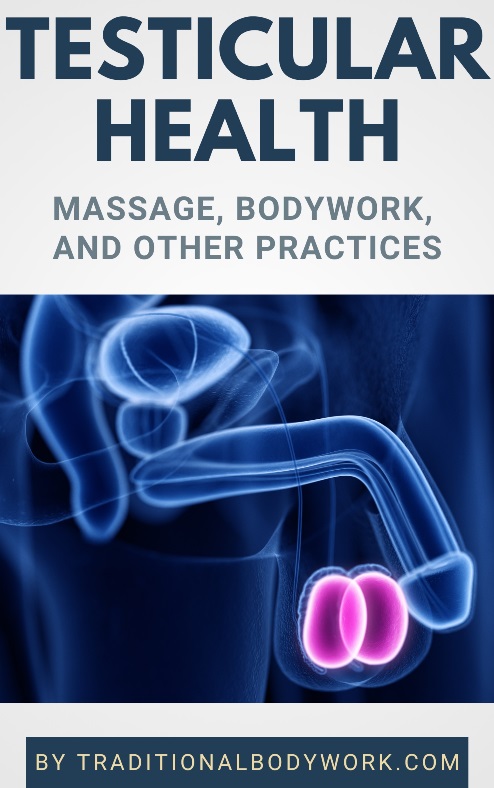
The main symptom typically includes sudden and severe pain, notably felt in the scrotum, the groin area, and lower abdomen (usually on one side of the body). Other symptoms may involve discoloration and swelling of the scrotum, fever, nausea, and vomiting.
Most of the times there are no obvious prior underlying health problems, although a testicular tumor, prior trauma, cold temperatures, and congenital issues may increase risks.
The torsion and pain usually starts during or after some kind of physical activity or trauma to the testes or scrotum. Nevertheless, it can occur at any time — being awake, sleeping, standing, sitting, or active.
Treatment is done by physically i.e. manually untwisting the testicle or by surgery. Testicle torsion needs immediate medical attention to restore the flow of blood to the testicle. If delayed for twelve or more hours the testicle is usually not salvageable and subsequently the testicle needs to be removed.








